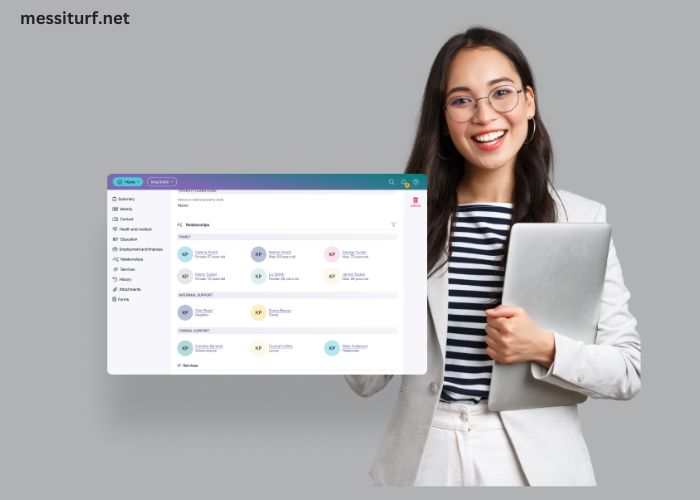The quest for operational excellence for any nonprofit organization can be a long and arduous process as this often involves searching for the appropriate tools that allow said organization to achieve maximum impact with the minimum administrative cost. Casebook case studies have discovered countless remarkable changes in service delivery, growth in client base, and operational costs for hundreds of organizations across the country.
Measurable Impact Through Technology
After implementing the Casebook system, the increasing time that workers had to spend reporting has decreased dramatically, which enables them to dedicate more time to serving clients and less to completing forms. This efficiency, in turn, enables the organizations to reach out to as many as 50% more people. In a nutshell, casebook case studies have shown that the system results in significant productivity improvement, which is easily observed when in use.
YWCA of Greater Harrisburg exemplifies this transformation, experiencing 25% less time spent on reporting activities. Their success story, featured in recent Casebook case studies, stems from Casebook’s centralized repository for case notes and client details, enabling more personalized service delivery while reducing administrative overhead.
Enhanced Communication and Collaboration
Working Wardrobes credits its improved partner relationships to Casebook’s collaborative features. As CEO Bonni Pomush explains in one of the compelling Casebook case studies, “Communication and transparency with our partners and clients have increased significantly. With all necessary documents in a central location that our team can access from anywhere, we have been able to more efficiently collaborate, improve client satisfaction, and increase our community impact.”
This sentiment echoes across diverse organizations using the platform. The Lansing Police Department’s social work division found tremendous value in the system’s mobility, with social worker Amber Teunis noting in published Casebook case studies, “You can literally sit anywhere in the community and write case notes, which for a social worker is invaluable.”
Data-Driven Decision Making
Casebook case studies that illustrate the ways data-rich environment can be harnessed for program enhancement go beyond operational efficiencies. A good example is the NOHO Home Alliance, which uses this platform to follow up on the achievements of individual fund clients so that they can build closer relationships with them. This concept also works in United Way of El Paso, where technology is used for data analytics against service delivery shortfalls, accommodating targeted funding solicitation efforts.
Rhonda Hendrickson, Chief Operating Officer at one partner organization, highlights this advantage in recent Casebook case studies: “Understanding trends by zip code to see who’s using our services has not only helped us identify program gaps but also gives us valuable community insights guiding us towards new grants and funds that will address the uncovered needs.”
Scaling Services with Confidence
Philadelphia Community Youth Court represents a compelling example of growth enabled by effective case management technology. Judge Francine Hardaway, CEO and founder, shares: “Since we began our partnership with Casebook, we have been able to confidently expand our impact, knowing that the Casebook solution has our backs. We significantly reduced administrative tasks and the time to complete them, giving our team the ability to focus more energy on the children we serve.”
The Human Services Transformation
Casebook case studies developed a universal purpose-designed technology helping human services organizations accomplish their goals more effectively. These organizations are granted custom workflows, analytics, and help, allowing them to concentrate on their principal objectives – enhancing people’s lives and communities.




